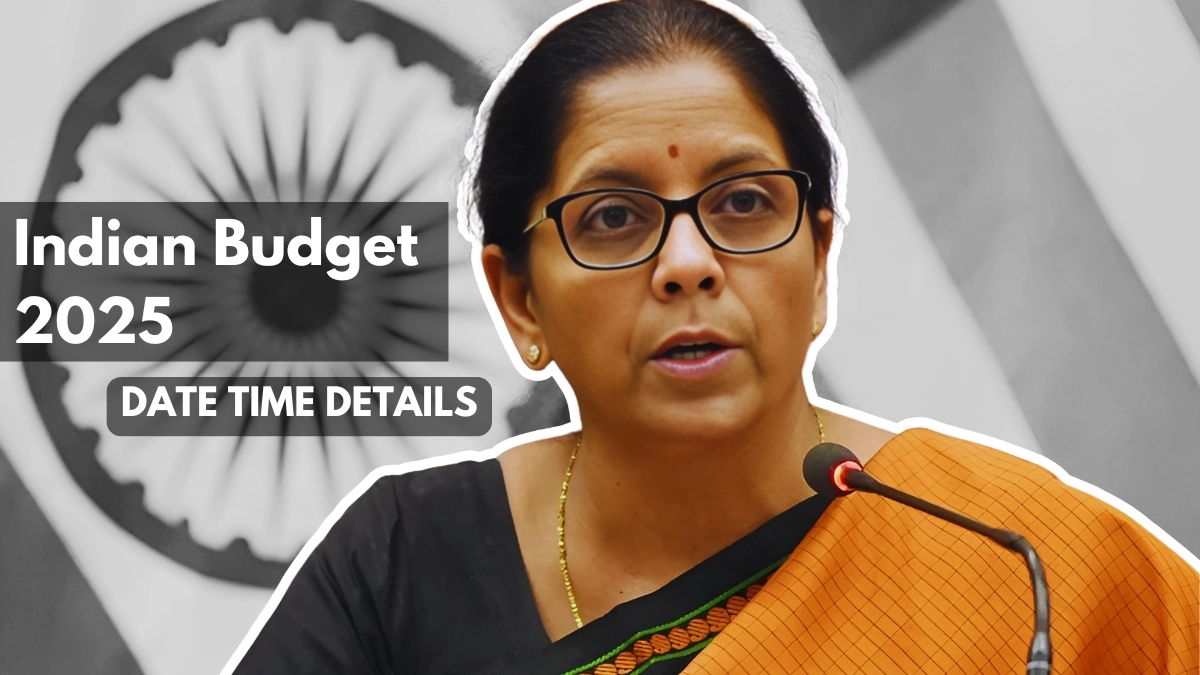Indian Budget 2025: Finance Minister Nirmala Sitharaman presented India’s Union Budget 2025 on February 1, 2025, against a backdrop of slowing GDP growth (6.6% in FY25 vs. 8.2% in FY24) and global economic uncertainty. With a focus on balancing fiscal discipline and growth, the budget prioritizes tax reforms, renewable energy expansion, and infrastructure development to propel India toward its $7 trillion economy goal by 2030. This year’s announcements aim to spur private investment, boost disposable income, and address critical sectors like education and real estate.
Table of Contents
Indian Budget 2025: Key Highlights and Sectoral Breakdown
1. Renewable Energy and Sustainability Push
The Indian budget 2025 allocated ₹35,000 crore to accelerate India’s transition to 500 GW of renewable energy by 2030, with a focus on offshore wind, green hydrogen, and solar infrastructure. Key measures include:
- Viability gap funding for solarizing MSMEs and domestic manufacturing of solar panels and storage batteries.
- GST reforms: Reducing GST on hydrogen from 18% to 5% and bringing natural gas under the GST regime to lower project costs.
- ₹10,000 crore for EV infrastructure, including expanded FAME-III subsidies and tax incentives for manufacturers.
Schneider Electric India’s CEO Deepak Sharma noted, “Investments in green hydrogen and microgrids will position India as a global leader in renewable energy deployment”.
2. Fiscal Discipline and Infrastructure Investment
To counter reduced FY24 capital expenditure (due to elections), the government announced ₹12.5 lakh crore for infrastructure in FY26, targeting roads, railways, and ports. Highlights include:
- Public-private partnerships (PPP) in ports and airports, supported by viability gap funding and streamlined regulations.
- A $2.2 trillion infrastructure investment plan to achieve a 3x GDP multiplier effect.
- Focus on modernizing DISCOMs and smart grid technologies to stabilize renewable energy integration.
3. Tax Reforms to Boost Consumption
The Indian budget 2025 introduced sweeping tax reforms to increase disposable income and stimulate demand:
- Income tax slab rationalization: Top rate reduced from 37% to 25% under the new tax regime.
- Home loan interest deduction hiked from ₹2 lakh to ₹5 lakh to revive real estate demand.
- Capital gains tax exemptions for reinvesting in multiple residential properties.
“These changes will empower middle-class taxpayers and reignite housing sales,” said a Times of India analyst.
4. Education and Skill Development Overhaul
Aligning with the National Education Policy (NEP) 2020, the budget raised education spending to 4.8% of GDP (up from 3.1%), targeting:
- Digital infrastructure: ₹8,000 crore for rural internet connectivity and device distribution.
- Skill development: ₹6,200 crore for AI, green energy, and fintech training programs.
- Interest-free loans and scholarships for economically weaker students.
BITS Pilani Vice-Chancellor Ramgopal Rao emphasized, “This budget could stem the $70 billion outflow from students studying abroad by improving domestic institutions”.
5. Real Estate and Urban Development
The housing sector gained infrastructure status, unlocking new funding avenues. Key initiatives:
- Rental housing expansion: Tax incentives for developers and removal of notional income on unsold inventory.
- Slum redevelopment: Tax breaks for projects in Mumbai and other metros to address urban housing shortages.
6. Budget-Making Process and Timeline
Presented on February 1 since 2017, the budget’s shift from February-end allows earlier fund allocation and policy implementation. The ₹48 lakh crore financial statement includes:
- Revenue budget: ₹28 lakh crore from taxes (GST, income tax) and non-tax sources.
- Capital budget: ₹20 lakh crore for infrastructure, defense, and healthcare.
Conclusion
The 2025 Union Budget strikes a delicate balance between growth and fiscal prudence, targeting inflation control, job creation, and sustainable development. With its emphasis on green energy, tax relief, and infrastructure, the budget sets a clear roadmap for India to navigate global headwinds and achieve its $7 trillion vision. As PM Modi stated, “This Indian budget 2025 injects new energy into Viksit Bharat 2047”
FAQs (Frequently Asked Questions)
When was the 2025 Union Budget presented?
February 1, 2025, by Finance Minister Nirmala Sitharaman.
What are the key focus areas of Budget 2025?
Tax reforms, renewable energy, infrastructure, and education.
Are there changes to income tax slabs?
Yes, the top slab reduced from 37% to 25%.
How much is allocated to education?
4.8% of GDP, focusing on digital infrastructure and skill development.
What’s the infrastructure spending target?
₹12.5 lakh crore for FY26, emphasizing roads, railways, and PPP projects.
